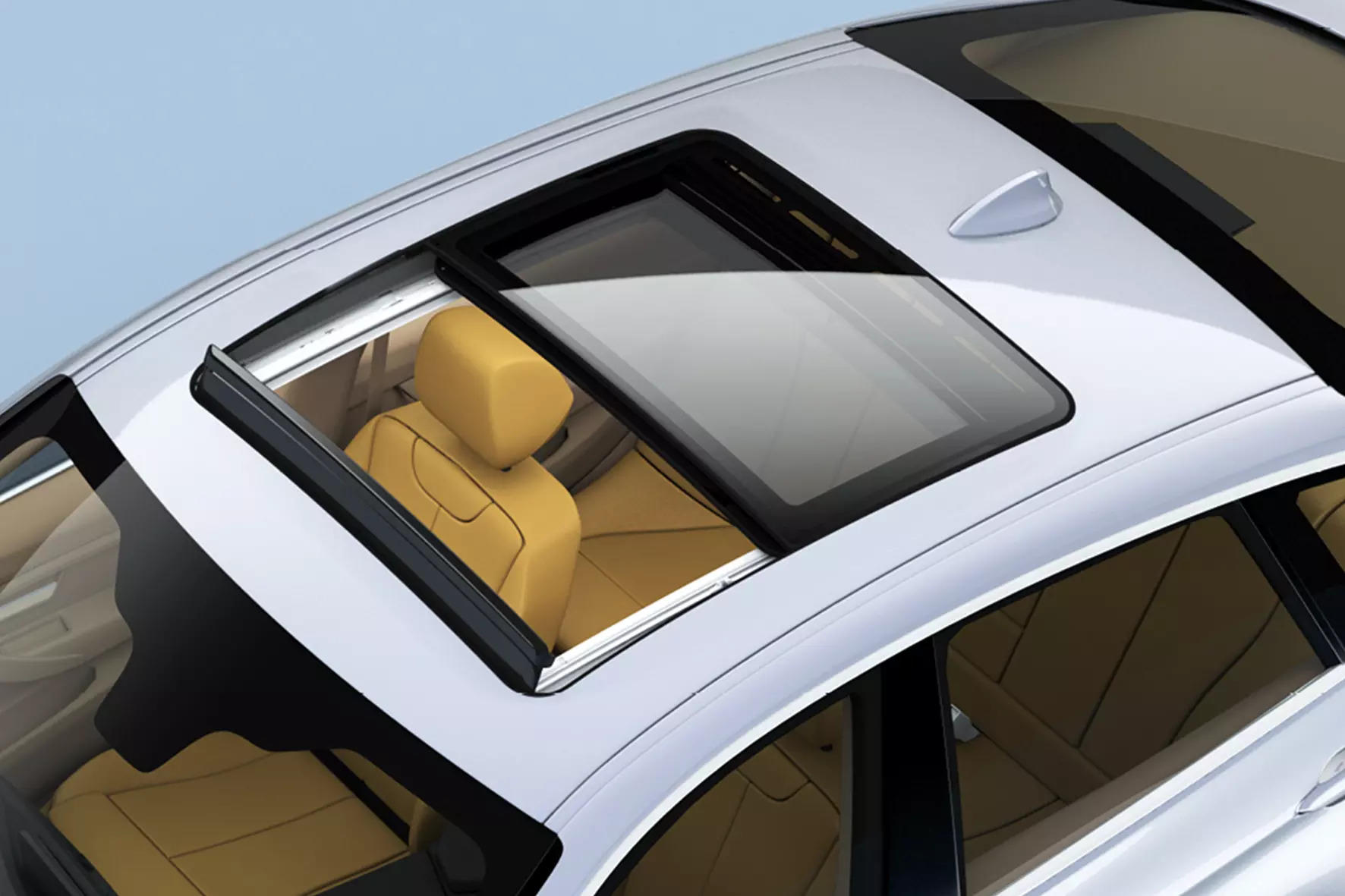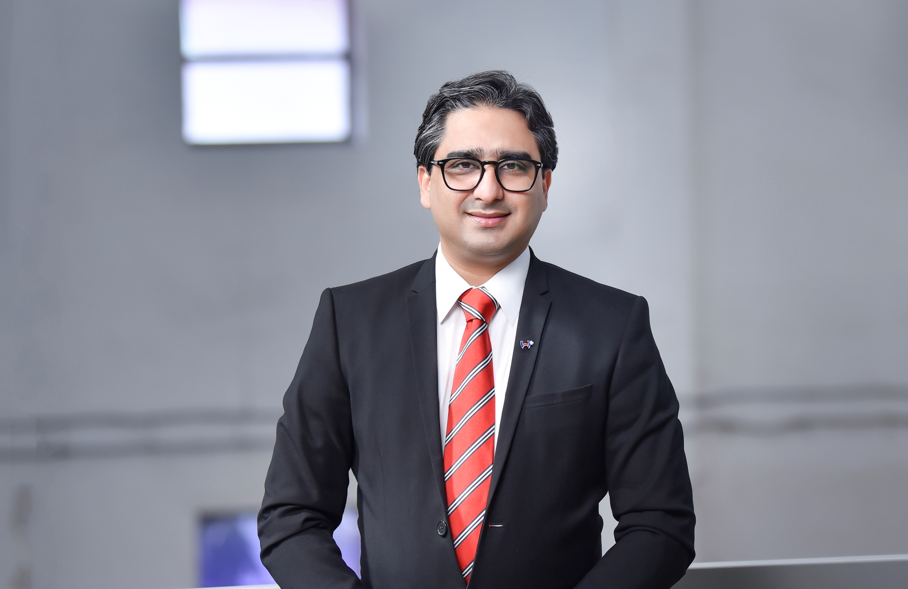
After biggies like Bosch, Continental, ZF, another German Tier 1 supplier Webasto is set to tap the Indian engineering pool for its global operations. The car sunroof major, which is also diversifying into solutions for the electric vehicle (EV) industry, is looking to set up a technical centre with over 300 engineers by 2025.
Webasto’s Indian subsidiary received the Board approval for the same a couple of weeks ago. The centre will come up in an IT park in Pune. “Webasto wants to harness the talent pool of Indian engineers and also make India as the best cost country,” Vikas Prasad, president and MD, Webasto Roofsystems India, said. India is one of Webasto’s 31 production bases globally. Currently, It has an engineering team of around 40 members in India.
The Indian subsidiary faced some competition, primarily from Vietnam, to be voted as the destination for the new global technical centre.
The engineering team in this centre will also work on developing technologies and solutions for the Indian and global EV industry. In 2020, the EUR 3.3 billion Webasto earned 2% of its total revenue from its electro-mobility business vertical, while its traditional roof systems business contributed 84% of the turnover. The company’s heating and cooling solutions business contributed the rest.
Source: JATO Dynamics
Ramping up capacity as the sun shines
India is a tropical country with driving conditions that may not always make it favourable to use a car sunroof. Defying that is a growing section of Indian customers who want to have a sunroof in their cars. The penetration of the sunroof in the Indian car industry has shot up from 3% 5 years ago, to 24% as of October this year, according to automotive business intelligence provider JATO Dynamics.
Such growth, which is likely to get better, is making Webasto to line up over INR 300 crore of investments in setting up plants in India. “As India has a very dynamic and aspirational customer base of young drivers, introducing new technologies continuously means respecting the customer demands and expectations. Webasto is keen to further contribute to the growth and development of the Indian automotive market and committed to investing further,” Joerg Sandmann, president and EVP, Asia-Pacific, Webasto, said.
The plants, one each in Pune and Chennai, will be operational sequentially by 2023. The installed capacity in each will be 800,000 units a year. Though Webasto started its India innings in 2003, through a joint venture with Motherson Sumi that ended in 2010, it started local production only in May this year. The current plant in Pune will be vacated soon.
The first set of vehicles fitted with Webasto’s locally manufactured sunroofs are Skoda’s Kushaq and Slavia. Two more from the Volkswagen stable are set to join soon. For some models like the Kia Seltos and the XUV300 the sunroof fitment rate is estimated to be at over 70%.
Supplier tangle
For Webasto, 6 more OEMs are set to be customers in India next year. Efforts of over 10 years to gain customers seem to be gradually paying off for Prasad and team, but they face a challenge of another kind. “Sunroof is a complex system. The biggest challenge is to develop a supplier base to meet the required tolerances to support the ‘Make in India’ drive,” says Prasad.
He adds that Webasto’s global and local suppliers are “responding and accepting the challenge together”, and increasing the localisation levels. The strategy of local manufacturing comes in the backdrop of exiting the aftermarket business route through which Webasto started tapping the Indian market.
As of date, according to Prasad, Webasto is the only sunroof supplier with local manufacturing in India. The growing product segment in the domestic market may also see a couple of new entrants.
According to Ravi Bhatia, JATO Dynamics India’s president and director, the growth of SUVs and consumer demand for factors such as safety, comfort, and convenience has driven the growth of the automotive sunroof market, and improvements in glass technology have helped OEMs integrate the solutions. The sunroof trend is also helping OEMs on the profitability front. However, some challenges for the trend in B and lower segment cars may dampen the sunroof’s growth shine.
“Cost of integration and low penetration of powered sunroof in smaller vehicles is resulting in friction for further growth,” Bhatia said.
The global automotive sunroof market clocked a turnover of USD18 billion in 2020, and is expected to clock a CAGR of 9.7% from this year to reach USD34 billion by 2027, according to market research and management consulting firm Global Market Insights.
In India, though sunroof may not have much utility value, consumer psychology and competition over features by OEMs could ensure its growth trend at least for the foreseeable future. For Webasto, its Asia-Pacific business region (Japan, Korea, and India) contributes to around a fourth of the company’s global turnover. India’s share in it is set to grow with the new developments.
At the same time, there could be another player or two to step up efforts with local manufacturing and take a share of the automotive sunroof pie in India.

















